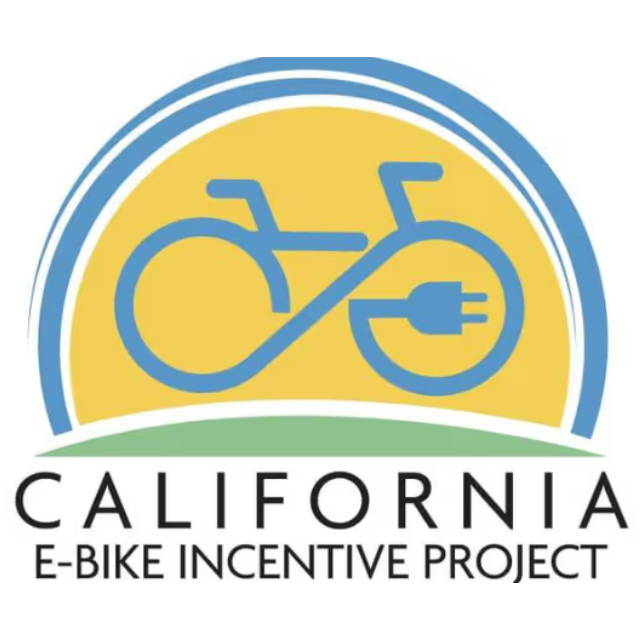California Has Major Changes Coming for e-Bikes: Learn How They’ll Impact Your Ride
Written by: Jason Shueh | March 10, 2025 | Time to read 8 min
Get ready California, 2025 is set to reshape the e-Bike experience with multi-million dollar infrastructure projects, new policies, and yes, even more regulations.

More about the Author: Jason Shueh
Jason Shueh, is a journalist and content strategist based in the San Francisco Bay Area. His work focuses on the tech sector, digital innovation, smart city growth and entrepreneurship.

Section 1: A fresh solution for age-old problems

While e-Bikes aren’t a cure-all to Caly’s long standing smog and gridlock, they now command an almost universal acceptance from cities, advocacy groups, and state officials hoping to clear roads and clean up their skies.
The state is facing a transportation crisis that’s impossible to ignore. With over 35 million registered vehicles on the road, traffic jams have become a common sight, particularly in the state’s densely populated urban areas.
The California Energy Commission reports the transportation sector accounts for about 50% of the state's greenhouse gas emissions and nearly 90% of diesel particulate matter. Compounding this issue, the California Air Resources Board (CARB) notes that over 90% of residents breathe unhealthy levels of pollutants at some point during the year.
In addition, drivers living in congested areas are estimated to lose nearly $1,800 per year in fuel costs waiting in traffic (that’s in addition to the roughly 3.5 days of lost time).
Against such issues, cities see e-Bikes as a smart solution, one that reduces traffic congestion, cuts emissions, quiets noise pollution, and provides easy and affordable navigation through crowded streets.
San Francisco has its Bay Wheels Program, which spreads more than 7,000 electric and traditional rental bikes across the city. San Diego has its Pedal Ahead, a loan-to-own e-Bike offer that requires riding at least 100 miles per month for two years to earn a bike. Then there’s Sacramento, which boasts a growing e-Bike and e-Trike (electric tricycle) sharing program for riders carrying cargo or who want more stability.
In some form or fashion, cities throughout the state are embedding e-Bikes into their long-term transportation plans. Nowhere is this more evident than in Los Angeles, where the city is investing in a range of transit, bicycle, and e-Bike projects to create a “car-free” 2028 Olympic Games.
Among the initiatives are new protected bike lanes, improvements to the city’s LA River bike path, and its ambitious Festival Trails plan, a project to create a 22-mile trail network connecting LA’s Olympic venues.
“The Olympics are an opportunity to make transformative change," said LA Mayor Karen Bass in an interview with CBS News. "We want to make sure that we're helping small businesses, that we're creating local jobs and making lasting environmental and transportation improvements throughout Los Angeles.”
Section 2: A Local Perspective

Section 3: The statewide picture: e-Motos and e-Bike highways

Expect more e-Bike regulation and enforcement
California approves e-Bike highways in 2025
🤝 Looking for a sweet deal?
Get an even better discount when you sell your old electric bike!
Click here for a price estimation!
Key Takeaways
- California is gearing up to enhance the e-Bike experience with significant investments in infrastructure and policies, aiming to reduce congestion and improve air quality by 2025.
- Cities like San Ramon are integrating e-Bikes into their transportation plans, promoting their use while addressing regulatory and storage challenges.
- At the state level, new legislation aims to regulate high-powered e-Bikes, alongside initiatives like e-Bike highways and voucher programs to support sustainable transportation.


